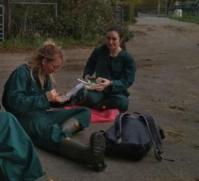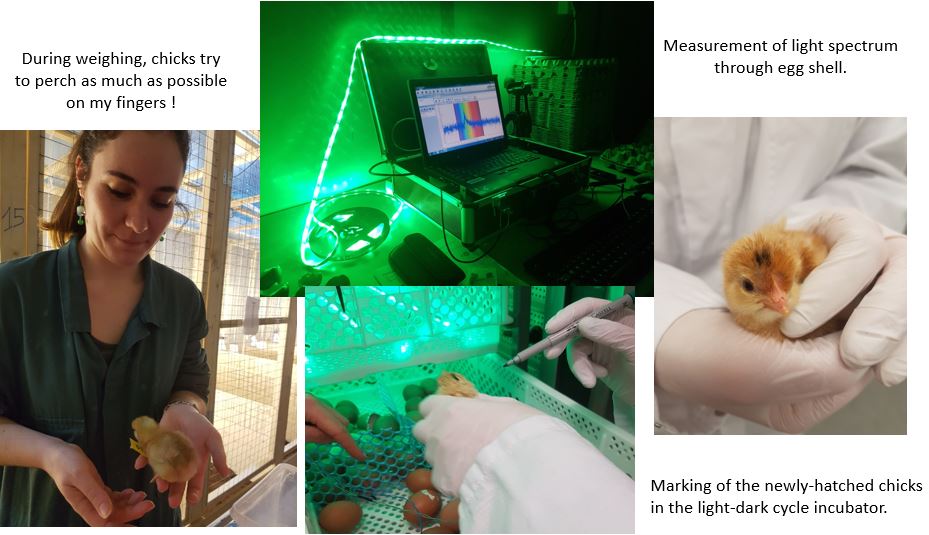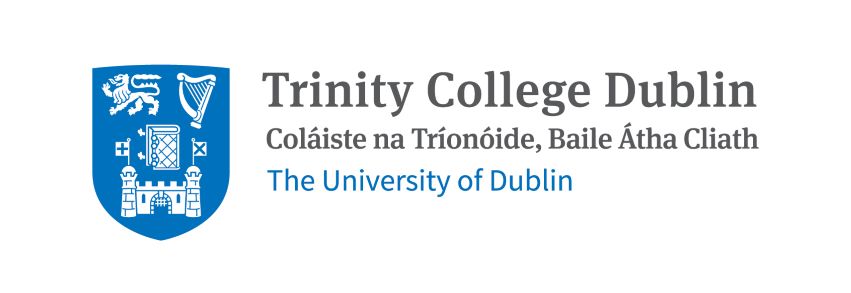Project 6
Interactions between genetics and early environment on stress responsivity and adaptive capacity
Project Description: Together with genetic background, incubation conditions and early-life environment have major effects on stress responsivity and adaptive capacity of laying hens. For instance, application of a light-dark cycle during incubation, which mimics hen’s natural incubation behaviour, have been shown to influence both stress sensitivity and feather pecking in poultry. Furthermore, environmental enrichment during early life is expected to support hens’ adaptive capacity in later life and is essential for normal behaviour development. These aspects may have different effects on white and brown egg laying strains. This project will unravel the role of genetics and early-life environment in stress responsivity and adaptive capacity in laying hens. Experiments will be a combination of smaller and more focused incubation experiments and larger rearing experiments, in collaboration with the ILVO in Belgium.
Today is the last day of my first round of experiments!
Today, the 19th of March 2021, is the last day of my 1st round of experiments! On Monday, after 6 months helping me with my research, my chickens will retire, be adopted and live their lives of laying hens. What better moment to go back to key moments of their early life?
The data I collected from them will allow me to show how beneficial is light during incubation: does it help reducing their fearfulness? Does it reduce it for both brown and white laying hens? By focussing on early-life (up to 24 weeks old), which is a crucial phase for developing coping strategies for adulthood, I hope to understand better the mechanisms behind stress responsivity in laying hens.
October 2021 - Networking Opportunity
During her secondment in the Netherlands fellow ChickenStress ESR Klara Grethen took the opportunity to visit our lab!
Last modified: Wed, 17 Mar 2021 11:11:18 GMT
12th Feb 2020 - So many things have happened since the last time I wrote a project update!
After getting approval from the different ethical committees, I made a precise planning of my upcoming experiments. In the meantime, I also enrolled in (and passed!) the “Laboratory Animal Science” course which now allows me to do animal experiments on my own. During all these preparations, I also got to meet Michael Plante-Ajah (ESR 8) a couple of times: I went to Belgium to talk about our respective projects, and invited him to the Netherlands to practice some behavioural tests together. Finally, I also met Lucas Noldus, CEO and founder of NOLDUS, my intersectoral secondment. One of his technicians even came to Utrecht to run the very first on-chicken-trials of a brand-new tracking device which I will use for my research. How exciting!
In January, I welcomed my first students, who will participate in the experiments. In the meantime, the first batch of eggs has been put in the incubators! I need to specify here that these officially belong to Saskia Kliphuis, a PhD student from the PPILOW project, also working at Utrecht University. But since our topics are close, we decided to combine our experimental work: more collaboration, more hands, and more results to improve laying hen welfare! Also, even if this batch is hers, I will get a very nice data set from it. And – spoilers – this is not where collaboration ends! At the end of the rearing phase, these very chicks will be sent to Michael (ESR 8), in Belgium, so he can study their laying phase.
As you may know, the eggs have been put in two different kind of incubators: standard ones (i.e. in complete darkness), or modified ones with a light-dark cycle of 12-12h. The latter has been shown to decrease fearfulness, especially with a green spectrum, which is therefore what I used. Three weeks later (meaning, exactly one week ago), the first chicks hatched!
Since neurogenesis is one of my research interests, I collected the brains of a few individuals for further analysis. To get the most from these animals, I also collected blood and wing down feathers to investigate corticosterone (AKA “stress hormone”) levels. This kind of hands-on experiences are a first for me, and I am looking forward to learn the following steps of the procedure.
It has now been a week since the first hatchings, and I am surrounded by two hundred very cute yellow feather-balls, who make it very difficult not to be distracted at work… The first behavioural test started today, and is still ongoing as I write. I am looking forward to the outcome, and to the upcoming weeks of experiments!




.jpg)
.jpg)
.jpg)
